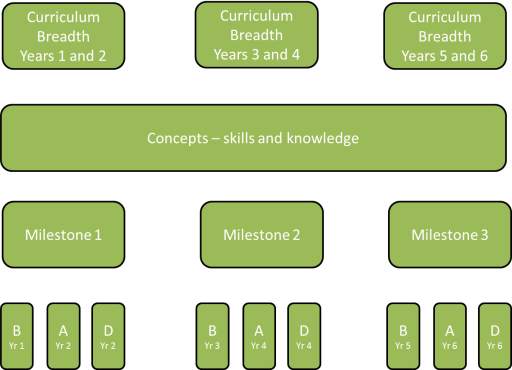Wider Curriculum
The breadth of our non-core curriculum (wider learning) is designed with three goals in mind:
- to give pupils appropriate experiences to develop as confident, responsible citizens;
- to provide rich ‘cultural capital’;
- to provide a coherent, structured, academic curriculum that leads to a sustained mastery for all and a greater depth of understanding for those who are capable.
Our curriculum design is based on evidence from cognitive science; three main principles underpin it:
- learning is most effective with spaced repetition
- interleaving helps pupils to discriminate between topics and aids long-term retention
- retrieval of previously learned content is frequent and regular, which increases both storage and retrieval strength.
In addition to the three principles, we also understand that learning can be invisible in the short-term and that sustained mastery takes time.
Some of our content is subject specific, whilst other content is combined in a cross-curricular approach. Continuous provision, in the form of daily routines, replaces the teaching of some aspects of the curriculum (where appropriate) and in other cases, provides retrieval practice for previously learned content.
The impact of our curriculum is that by the end of each milestone (2-year time frame), the vast majority of our pupils have sustained mastery of the content, that is they remember it all and are fluent in applying it. Some pupils will have a greater depth of understanding. We monitor learning so that termly we can make a judgement whether or not the pupils are on track to meet expectations at the end of the milestone. This then influences planning and provision the following term.

The structure above varies slightly between non-core subjects as detailed in the individual subject overviews.
